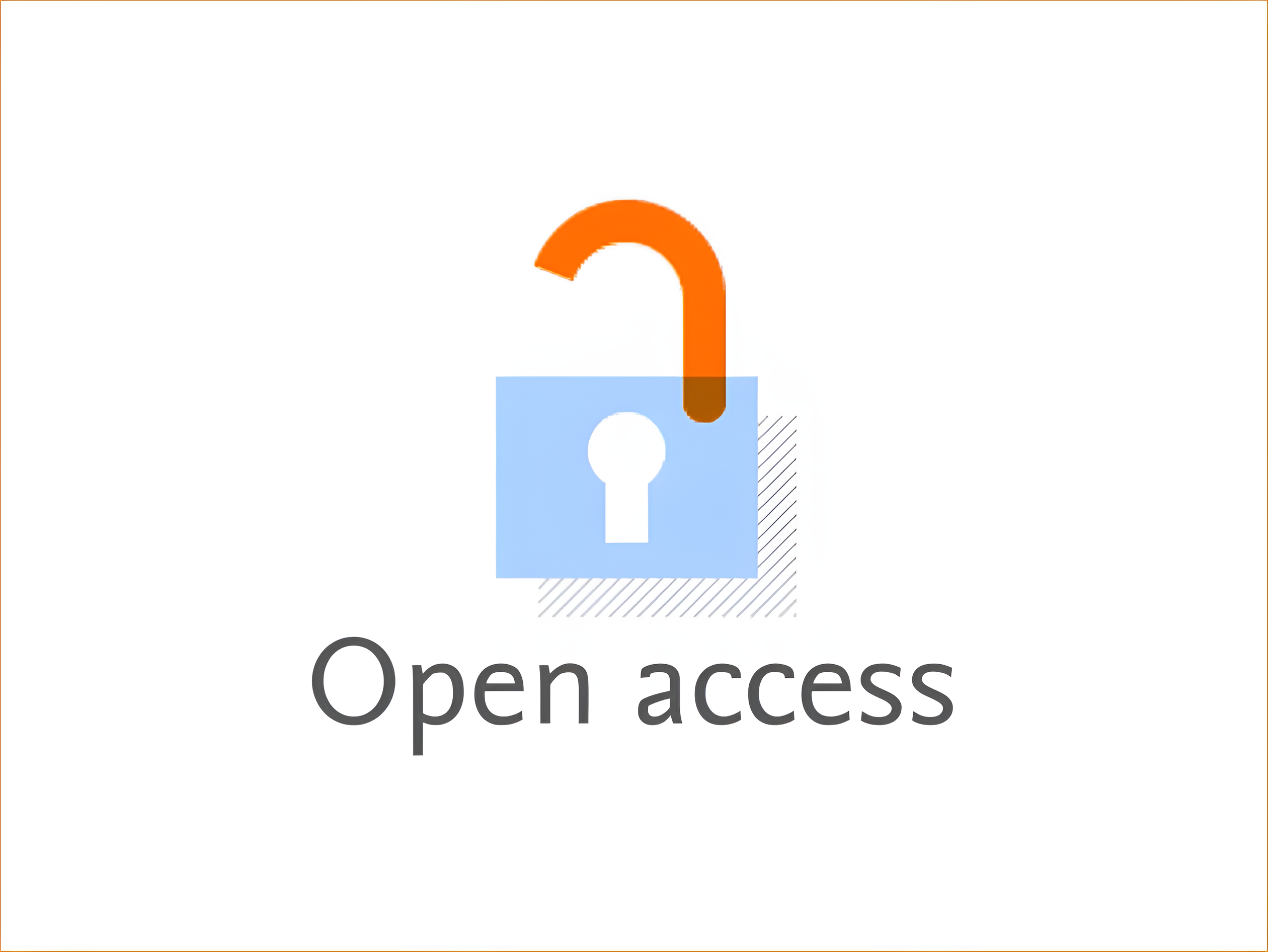OBSERVATIONAL METHODS, INCLUDING PARTICIPATION IN DEMONSTRATION SESSIONS AND ATTENDANCE AT LECTURES, PROVIDE STUDENT TEACHERS WITH CONSTRUCTIVE FEEDBACK ON THEIR PEDAGOGICAL SKILLS.
Keywords:
Electronic Resources, Students, Internet Access, Motivation, TeacherAbstract
More and more people are wondering how colleges can ensure the quality of their online courses in recent years. There is a dearth of research on students' perspectives on the quality of online education compared to those of administrators and teachers. Students at two different institutions (a university and a community college) were asked to rate the quality of their online learning experiences using a quantitative technique. The study included interviewing and observing three high school students during the course of the experiment. The researcher used both digital and physical sources to compile the statistics. Examining the pupils' experiences, researchers noted both the good and the bad. Also found out are the causes behind these occurrences. The flexible scheduling, low tuition, readily available electronic resources, simple Internet access, and attractive classroom layout were some of the reasons why students had a positive impression of online education, according to this study. The following factors were found to contribute to students' negative perceptions of their classes: instructors' tardiness in giving feedback, instructors' inability to fix technical problems, students' lack of self-control and motivation, students' loneliness, instructors' use of boring lessons, and poorly crafted course materials. The results could help teachers better understand their students' perspectives on online learning and make necessary adjustments based on that data.






